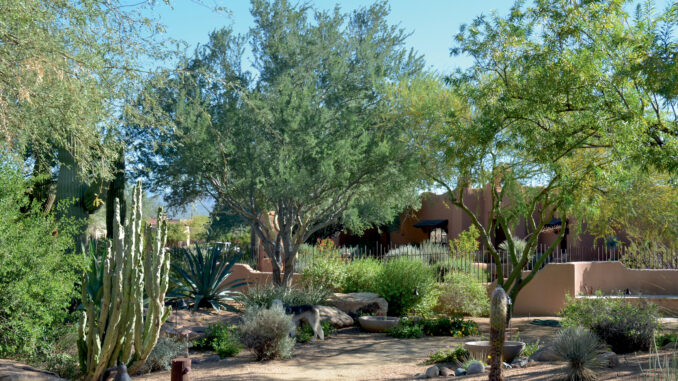
“Dry Climate Gardening” is a how-to book by horticulturalist Noelle Johnson a.k.a. “The AZ Plant Lady”. With daytime temps hovering around 100°F (38°C) here in the Sonoran Desert, I’ve put off writing this review long enough. “Dry Climate Gardening” is well-written in plain and understandable language. There’s no technical jargon, unless you count the regular references to the correct botanical names of flora. The author points out, rightly so, that these mostly Latin names are essential for not accidentally buying the wrong plant with the same or similar common name.
Johnson’s intimate knowledge in this area is a sought-after commodity in the Desert Southwest. She explains, “I teach classes at the Tucson Botanical Gardens and the Desert Botanical Garden, and I guest lecture at ASU. I have online courses that people can take if they want to dive even deeper into gardening.”

“Dry Climate Gardening” is well-illustrated, with a plethora of dry and semi-arid climate plants and trees. Photos and drawings are self-explanatory and clear. Examples of both good and bad landscaping help the reader identify their own trouble spots and present opportunities to improve their gardens. Maps and landscaping diagrams further clarify the text and help the reader focus on those areas that apply to them. As dry and semi-arid climates exist throughout the world, there should be no reason why the tips, advice, and solutions offered could not be applied in parts of Europe, Africa, and Australia in the same way they are applied in the dry heat of Arizona and New Mexico.
The book’s chapters are well-organized, starting with a prefatory chapter on why we wind up (accidentally) killing our plants. Then the author goes into the types of climates that are covered, followed by plant selection and care, plant behavior (yes, plant behavior is predictable), good and bad tending habits, and ways to organize a variety of landscape styles based on lot size, sun exposure, and intended function of the area affected.
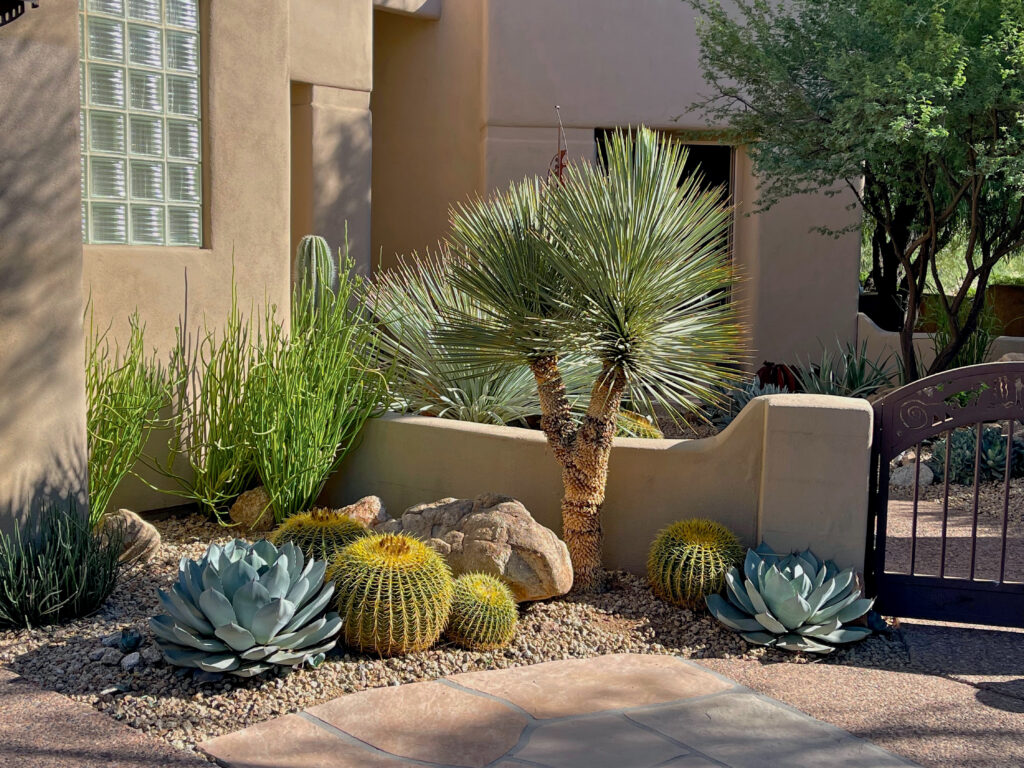
On the question of lawns, a mainstay of the suburban landscape, Johnson says, “There are really many beautiful low growing ground covers that have a beautiful lush green color that use a fraction of the water. You could plant those and have a beautiful swath of green for little to no maintenance and a lot less water. If you have kids that are actively outdoors in your backyard, and you’re using that lawn, I think that’s great. I do think that as time goes on in the future, what I see is a lot fewer lawns.”
“Dry Climate Gardening” contains a glossary of dozens of plants and trees, along with essential information about each of them. This allows you to browse for the types of plants you want, and then shop at your local garden store with the botanical name in hand. That’s especially important when selecting among varieties that are physically similar but may have different planting and tending requirements.
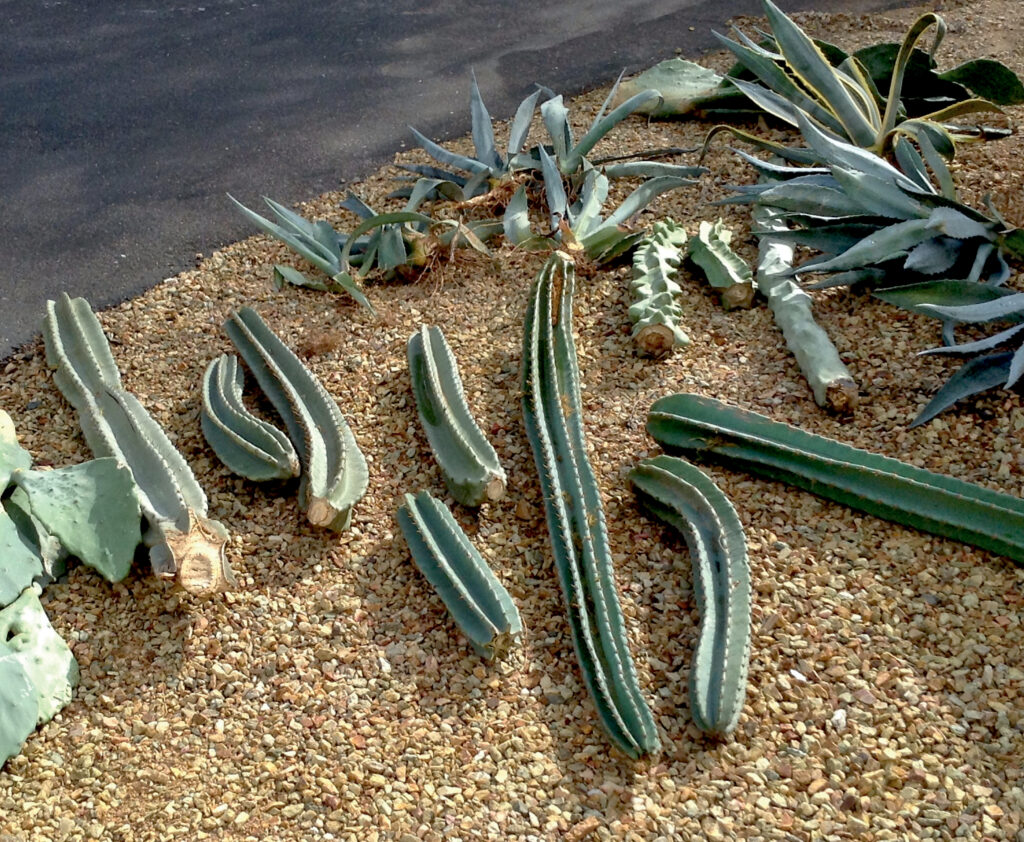
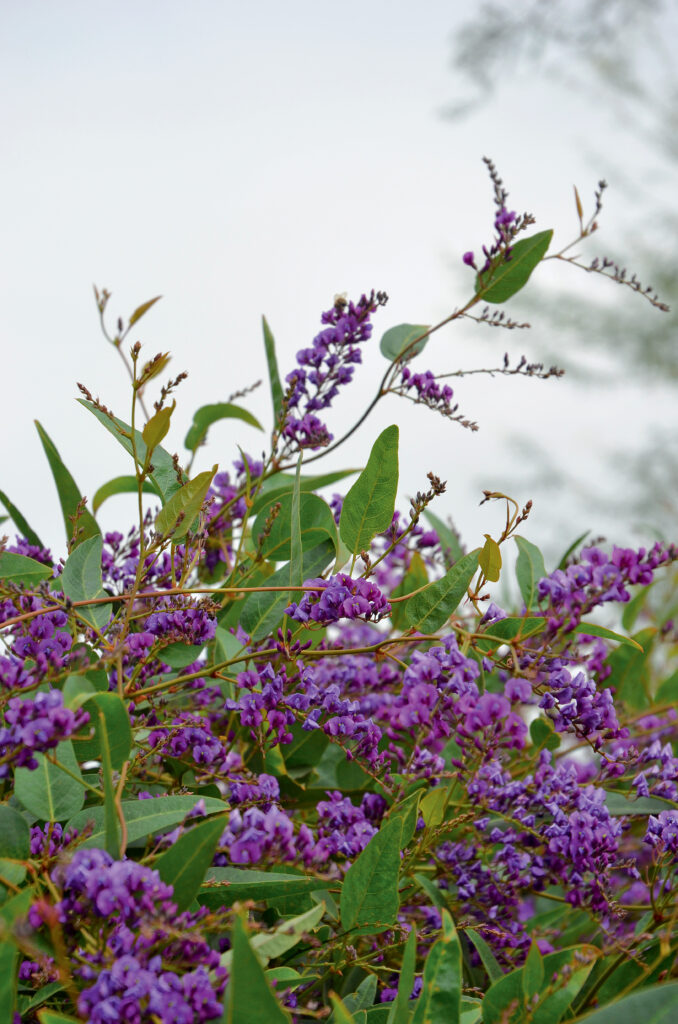
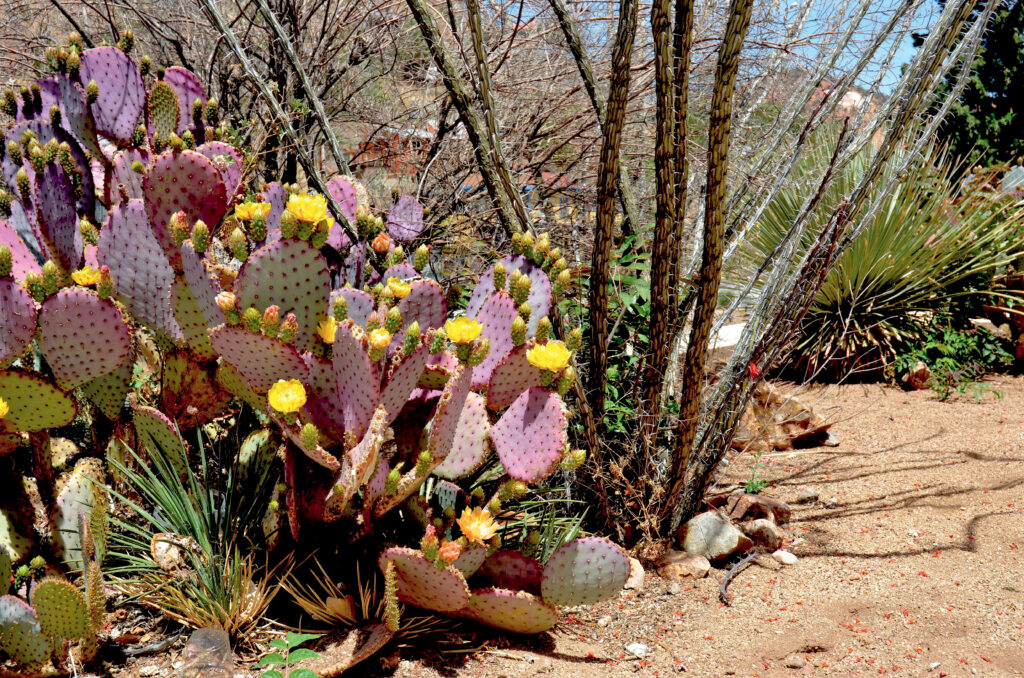
To my fellow vegetable gardeners, I should note that fruits and vegetables are intentionally absent from this otherwise thorough reference. The reason should be obvious. Such an inclusion would require a broader scope of information that may be more about adapting the environment to the crop rather than the other way around. Clearly, such addition would detract from the value of this guide, which excels on focusing on the right plants for the dry and arid climates. If anything, you should find that indigenous edibles such as acorns and prickly pears require very little tending at all.
Was it a risk to write such an atypical gardening book? Johnson reflects, “It’s a little bit like birthing a child. You know you will put it out there and you know, I was lucky because I knew it was needed and I knew what to put in there because this is basically what I’ve been helping people do. And I know the questions and I know the struggles. And so when I was approached and asked to write a book, I said yes and it’s gotten really good feedback.”

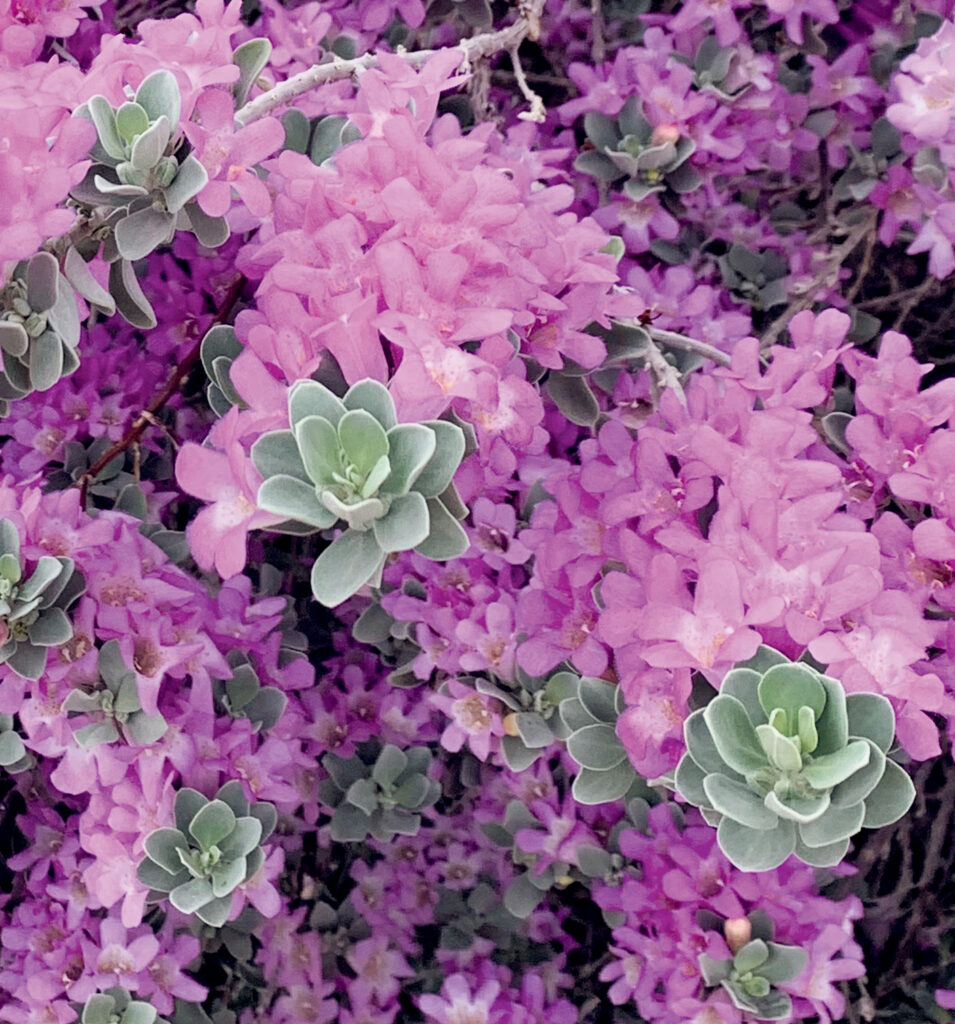
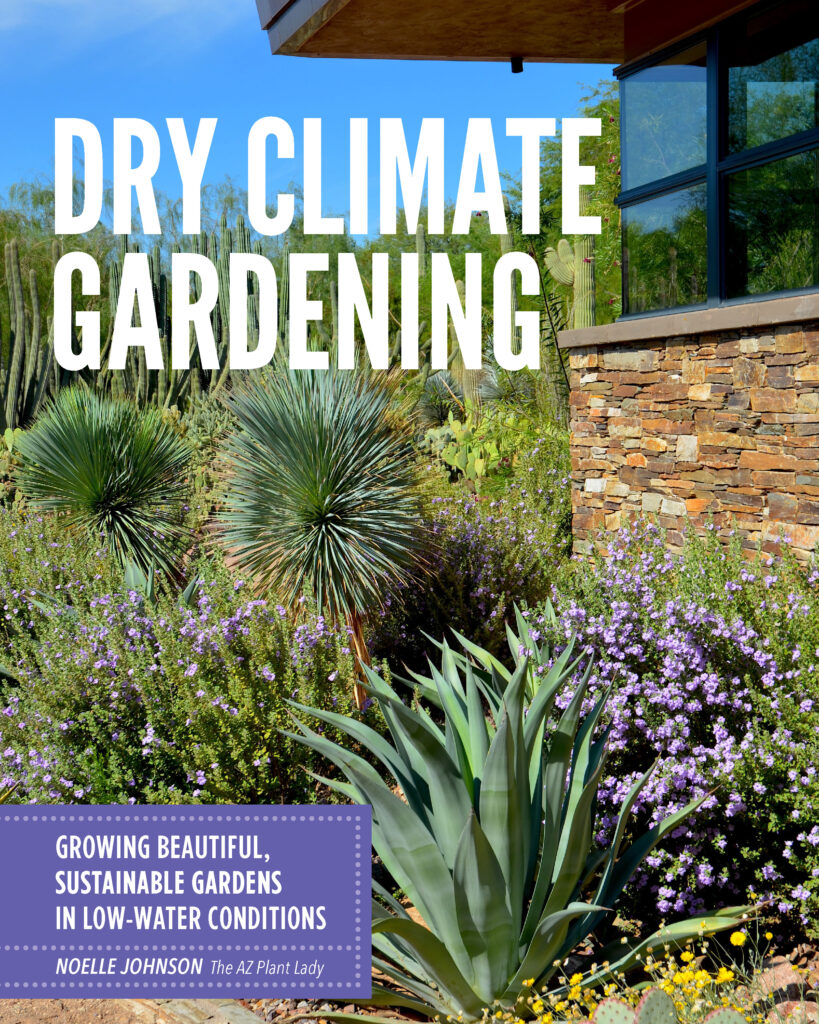
“Dry Climate Gardening” is a great reference book to add to your gardening and landscaping library. Although I chose to review the ebook for the sake of convenience, my wife insisted that we buy the physical book, which is available at Amazon, as well as at other book suppliers, in both paperback and spiral bound. It’s definitely something you’ll want to take along with you when plant shopping or when tending to your garden.




Be the first to comment